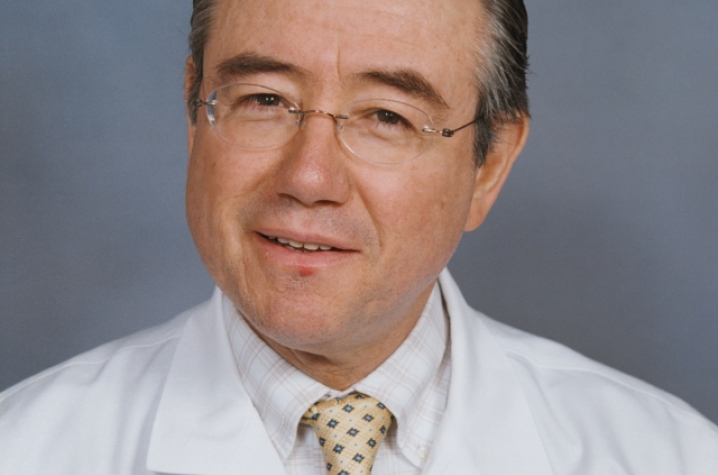Cleft Lip And Palate: Questions And Answers

LEXINGTON, Ky. (June 5, 2012) — The following column appeared in the Lexington Herald-Leader on Sunday, June 3.
Cleft lip and palate: questions and answers
By Dr. Henry Vasconez
However, these defects can be fixed with great results. Here are some of the most common questions regarding cleft lip and palate defects.
What is a cleft lip and palate?
A cleft means a fissure, or gap. A cleft lip and palate occurs when the tissues of the baby’s upper lip and the roof of the mouth do not join properly before birth. The problem can range from a small notch in the upper lip to a very wide gap of the upper lip, the gum line and the entire palate. It also can affect neighboring structures, including the nose.
Parents of a child with a cleft lip or palate might discover difficulties with feeding and even with breathing, making it a medical emergency . Additionally, these babies have a higher incidence of ear infections, and they often develop difficulty with speech.
What causes this defect, and how can it be prevented?
The causes are not entirely understood but can be genetic, maternal, nutritional, or environmental. Family inheritance plays a major role, although no specific gene or set of genes has been identified as a cause. Certain drugs, including anticonvulsants, derivatives of vitamin A (retinoids), smoking and alcohol abuse during early pregnancy are linked to these defects.
The best form of treatment is prevention. Good prenatal care is essential. Folic acid helps prevent neural tube and orofacial cleft deformities, making it a mandatory supplement during pregnancy.
Even with good prenatal care, such birth defects are not entirely preventable. Luckily, parents can find good guidance, care and support to help their child through a successful treatment and rehabilitation program.
How soon can you diagnose a cleft lip and palate?
This defect can be diagnosed prenatally through ultrasound, but it is usually first observed at birth.
How is a cleft lip and palate treated?
For a complete program of care, a pediatrician will refer the child to a comprehensive group of practitioners that might include a nutritionist, a speech pathologist, an audiologist, an otolaryngologist, a dentist, an orthodontist and a plastic surgeon.
The plastic surgeon is the conductor, who will orchestrate the timing of various treatments. He or she usually will perform the first surgical operations on the lip, nose and palate within the baby’s first year.
The cleft team will continue to see the child as growth and development occur and will perform treatment and operations as needed.
Dr. Henry Vasconez is the chief of the division of plastic surgery and specializes in craniofacial surgery at UK HealthCare.




